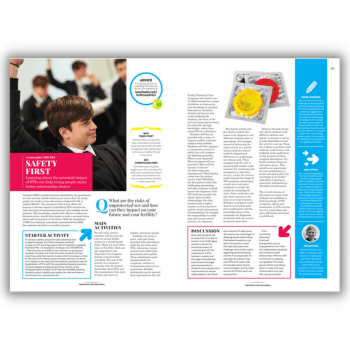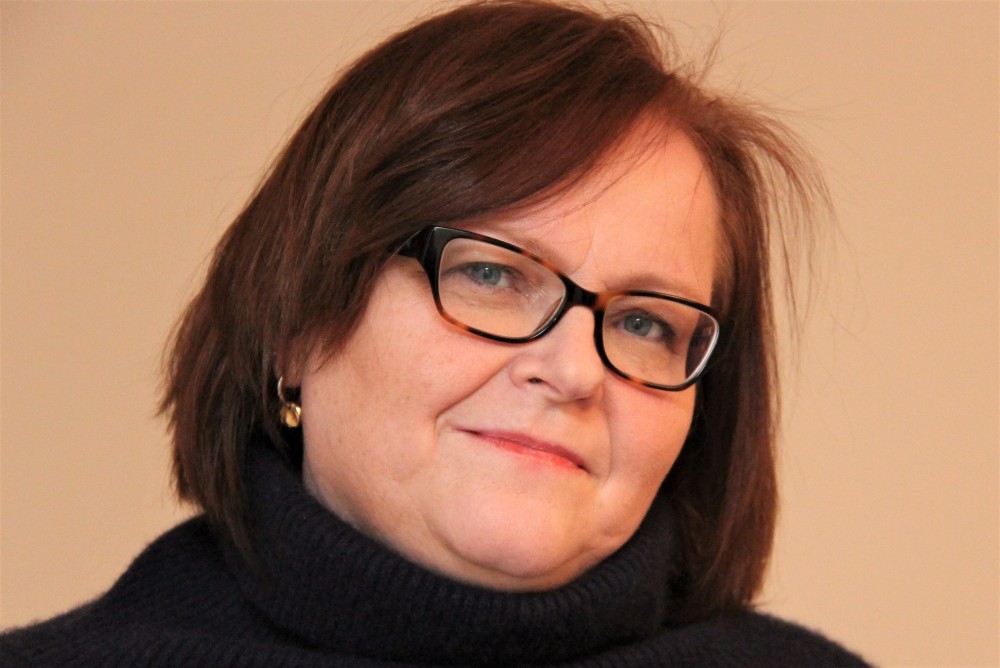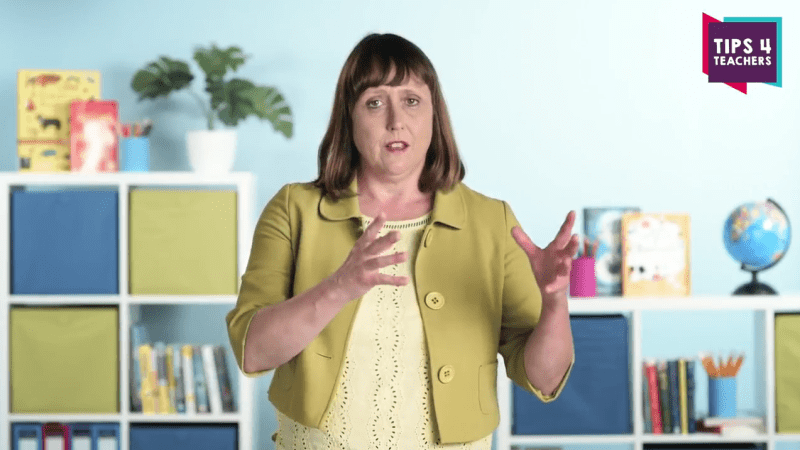Vulnerable Children – Who are They, and How do we Best Offer Support with Scarce Resources?

Was the Children's Commissioner's Report on Vulnerable Young People the Most Important of 2017?

In the Children’s Commissioner’s Report on Vulnerability Anne Longfield set out a starting position on the numbers of ‘vulnerable children’ in the UK.
The report will no doubt raise age-old, but ongoing debates.
For example; is identifying children as ‘vulnerable’ deterministic, and does stating that children with SEND are at risk lower expectations of them?
Longfield is quick to state that this is not the case – and rather that such descriptors on vulnerability should be seen as risk factors, not absolutes.
But there is also the question of universal support versus targeted. There is an argument for putting most resource into targeted help for those who need it the most. What is society and state for if it not geared towards those on the edges, most in need?
One of the key principles of the Every Child Should campaign, for example, is that the children who would benefit from an enriched curriculum, extra-curricular activity and enhanced support the most are those that access them the least.
But there are always those just below the threshold for intervention or whose vulnerability is invisible or not recognised. And – politically – the increasing move towards targeted interventions is always a challenge – raising complaints from those in the mainstream who see this as diminishing their own support.
But these debates aside, the point is well made that some children and young people will simply find life much harder than their peers. The question is how do we structure scarce provision to address this reality?
Despite approaches including Pupil Premium funding, those with multiple vulnerabilities are often unable to overcome the barriers to participation.
We know the factors affecting life outcomes. We know many of the solutions to address these factors. The issue appears to be – how do we get the best solutions to the children and young people who need them?
For charities and others developing their services to reach the most vulnerable the report is an essential read. It considers who these children and young people may be and what the scale of the challenge is.
Within education, funding issues aside, what is the role of schools in meeting the range of needs that vulnerable children and young people could present with?
On one hand we have some school leaders arguing that their role is purely education – teaching and learning. They see that for areas of vulnerability their key role is signposting and connecting to other local services and support.
Others make the point that many of the factors of vulnerability are barriers to learning – it is hard to concentrate on GCSE history if your last meal was 24 hours ago or you are worried about your suicidal parent – and that it is therefore a legitimate use of (limited) school resources to deploy solutions directly.
Still others see their role beyond teaching and learning as the centre of their community and in developing significant partnerships to address need.
Partnership is another key principle of Every Child Should. Beyond schools there are a multitude of public and third sector services directly supporting these children, but too often these are focused around the needs of one aspect of vulnerability.
For example, SEND services are split between different impairments; care leavers are managed by a host of organisations, homelessness another cluster and mental health yet another.
The development of services around the needs of the child with multiple vulnerabilities, rather than around organisational structures and professional disciplines that assume single issues, has ever been a system challenge.
Is it time for new collaborations and bolder approaches to cross organisational sharing of information and resources? Does the answer lie in how we equip the children’s workforce to manage complexity?
How well do we develop teachers with the pedagogical approaches and understanding of vulnerabilities that enable them to navigate the real challenges that their pupils face?
What are the new roles and training routes that we might encourage teachers and others into so that they can stay in classroom practice and develop their career, but also develop their skills in addressing the needs of the most vulnerable in their schools?
Is it maybe another solution that no funding – statutory or otherwise – should be awarded for projects that cannot demonstrate how they meet at least two of these vulnerabilities? Or that any school should have their results multiplied by a vulnerabilities index so that those topping the tables are those making most difference to the lives of the children who need them the most?
Maybe there are more questions than answers, but the Children’s Commissioner’s report importantly identifies the scale of the issue and is a reminder of the role of this Office in championing those who often lack a voice.
In a system where there are increasing concerns about the exclusion of the vulnerable does the Children’s Commission present a potential route to fighting for inclusion?
And maybe it does make us consider what I believe to be the real question. If we know that these are the most vulnerable members of society – give or take on the numbers and definitions – and we know the solutions, then surely the entire measure of a school, our education system and our services for children and young people should be built around the outcomes for these children and young people?
And if not – why not?
Anita Kerwin-Nye is Lead of Every Child Should and Founding Chair of Whole School SEND – a consortium of schools and charities improving outcomes for children with SEND and successfully delivering the Department for Education School Workforce Contract. Find her at aknconsulting.uk and follow her on Twitter at @anitakntweets.
Every Child Should is a new campaign to ensure all children can access a rich and rounded set of experiences by the time they are 18. Every Child Should starts with year-long debate on the skills and resources young adults need to navigate life and on how we ensure these reach the half of a million children in the UK likely to need them the most.












